Growth is exciting, new product launches, teams expand, and codebases multiply. However, with every new feature shipped and every new microservice spun up, your attack surface also grows.
Here's the problem: most companies still treat security as a project —quarterly pentests here, compliance audits there, maybe a quick review before a major release. But your codebase does not grow quarterly; it grows daily. Your threats do not wait for scheduled assessments.
Building a scalable security engineering program is not about having the biggest security team or the most expensive tools. It's about structure. It's about embedding security into how you build, not bolting it on at the end. We believe security must evolve with your codebase, and it should not chase it.
Why Scaling Security Engineering Matters
When organizations are small, security can be managed through heroics. One security engineer who knows every system, reviews every major change, and jumps on every incident. But as you scale, that model breaks.
Static or siloed security teams fail when organizations grow because they become bottlenecks. Here's what that looks like:
Testing becomes a checkpoint, not a practice; security reviews pile up at the end of sprints; releases get delayed; and developers route around security to meet deadlines.
You are always patching, never preventing, and issues get discovered in production. Teams scramble to fix what could have been caught in design, and the same classes of vulnerabilities appear across different codebases because there's no systematic prevention.
Visibility vanishes across distributed teams, and when you have multiple product teams, service owners, and repositories, a centralised security team can not see everything, risks slip through, not because people do not care, but because they do not know.
Here's what matters: scaling security is about scaling trust, speed, and delivery confidence. When security scales properly, your teams ship faster, not slower; they build with confidence because security is built in, not inspected in.
Core Pillars of a Scalable Security Program
A security program that scales needs structure. Here are five foundational pillars that create that structure:
1. Architecture-First Approach
Security decisions made during system design are exponentially cheaper than fixes made in production; bake security into architecture review processes from day one.
Why it matters: Architecture defines the blast radius. Fix it early, or fix it forever.
When you are designing a new service, data flow, or integration point, security considerations should be part of that conversation. Authentication modes, data classification, and trust boundaries are not afterthoughts. Include security representation in architecture reviews. Create reusable, secure-by-default patterns that teams can adopt. When your standard patterns are secure, every team that uses them inherits that security.
2. Continuous Validation
Annual pentests made sense when you deployed software annually. Now you deploy daily. Your security validation needs to keep pace with that.
Why it matters: Security issues do not wait for your testing schedule.
Shift from point-in-time audits to ongoing testing cycles. Combine automated security checks that run with every build with regular human validation through continuous pentesting models. The goal is to catch regressions fast and validate that your controls actually work in real-world scenarios, not just in theory.
3. Security Ownership Model
Security teams do not scale linearly with engineering headcount. The solution is not hiring more security engineers; it's distributing security ownership.
Why it matters: Ownership without empowerment creates blame, not solutions.
Empower development teams to own the security of what they build. This means training developers on secure coding practices, establishing clear vulnerability SLAs that define response times and ownership, and tracking meaningful security metrics at the team level. When product teams understand they own security outcomes, they make different decisions during development.
4. Tooling and Integration
The right tools, properly integrated, amplify human expertise. Using the wrong tools creates alert fatigue and false confidence.
Why it matters: Tools accelerate good processes and expose bad ones.
Integrate security scanners directly into CI/CD pipelines. Use SAST tools to catch common vulnerabilities during code review. Deploy DAST tools to test running applications. Implement threat modeling frameworks early in the design phase. But remember: tools generate findings. Humans create fixes. Your tooling strategy should make it easier for engineers to fix issues, not just easier to find them.
5. Metrics and Feedback Loops
You can not improve what you do not measure, and track metrics that drive behavior, not just metrics that look good on dashboards.
Why it matters: Metrics without action items are vanity, not value.
Focus on operational metrics like Mean Time to Detect (MTTD) and Mean Time to Remediate (MTTR). Track vulnerability trends across teams and products to identify systemic issues. Measure coverage: Are you testing the right things with the right frequency? Most importantly, close the loop. Share metrics with engineering teams and use them to drive continuous improvement conversations.
The Role of Automation and PTaaS
Traditional pentesting does not scale. You schedule a test, wait weeks for a report, fix the issues, then wait months or a year before testing again. Meanwhile, your codebase has changed completely.
Pentest-as-a-Service (PTaaS) replaces that slow, project-based model with continuous validation. Instead of point-in-time snapshots, you get an ongoing security assessment that adapts as your applications evolve. When you ship a new feature, it gets tested. When you refactor authentication, it gets validated.
Continuous testing allows teams to catch regressions faster. That API endpoint you just refactored? If it introduced a vulnerability, you find out this week, not next quarter. That's the difference between fixing one service and remediating the same pattern across ten services.
The real power comes from combining human validation with automated intelligence. Automated scanners catch the obvious issues missing patches, common misconfigurations, and known vulnerability patterns. Human security engineers find the business logic flaws, the subtle authorization issues, and the chain of vulnerabilities that only make sense in context.
AppSecure's continuous model is designed to scale security the way modern software scales incrementally, intelligently, and with feedback built in. You're not fitting security around your release schedule. Security becomes part of your release process.
Scaling People and Processes, Not Just Tools
Tools are easy to buy. Culture is hard to build. But security scales through culture and communication, not headcount alone.
You do not need a security engineer for every development team. You need security champions. These are developers who have deeper security training and serve as the first line of defense within their teams. They review risky code changes, answer security questions, and escalate complex issues to the security team. Champions create a multiplier effect; one trained engineer can improve security across an entire product team.
Clear vulnerability SLAs create accountability without creating friction. Define response times based on severity. Critical vulnerabilities need fixes within days, not weeks. High-severity issues get addressed within a sprint. Medium and low severity issues follow a defined backlog process. When everyone understands the expectations, there's no ambiguity about priorities.
Security playbooks and review templates create consistency. Document how to handle common scenarios: "How do we review a new third-party integration?" "What's our process when a dependency has a critical CVE?" "How do we validate authorization logic?" When teams have clear processes, they do not need to reinvent security decisions for every situation.
Consistency compounds more than coverage. Perfect security on one project does not matter if every other project is vulnerable. Consistent baseline security across all projects creates a foundation you can build on.
Common Mistakes When Scaling Security
As organisations scale their security programs, certain mistakes appear repeatedly. Here's what to avoid:
Over-reliance on tools without validation. Scanning tools find potential issues. Humans verify actual issues. If you're not validating and triaging tool findings, you're generating noise, not security. Automation without accountability is noise, not coverage.
Late-stage security reviews. If security first sees a project when it's code-complete, you've already missed the opportunity to influence the architecture. By then, security recommendations feel like blockers, not improvements. Security at the end is friction. Security at the start is architecture.
No feedback mechanism to product and engineering. Security findings that disappear into ticketing systems without context or follow-up go unresolved. Create tight feedback loops in which security findings include clear remediation guidance and verification support. Findings without follow-through are hopes, not fixes.
Compliance is not the same as a security mindset. Passing an audit does not mean you're secure. It means you checked specific boxes on a specific day. A compliance mentality creates checkbox thinking. A security mindset creates resilient systems. Compliance is a snapshot. Security is a practice.
Framework for Implementation
Building a scalable security program does not happen overnight. Here's a phased approach to implementation:
Phase 1: Baseline
Assess your current security posture honestly. What tools do you have? How are they being used? What's your current vulnerability backlog? What are your testing practices? Document your current state without judgment, you can not chart a path forward if you do not know where you're starting.
Phase 2: Design
Define scalable policies and architecture patterns that work for your organization. Do not copy someone else's security program wholesale. What works for a fintech company might not work for a SaaS platform. Create security patterns for common use cases in your environment. Define clear ownership models and escalation paths. Establish metrics that matter for your context.
Phase 3: Educate
Build awareness and alignment with development teams. Security programs fail when engineers see security as an external constraint rather than a shared responsibility. Train your teams on secure coding practices relevant to your stack. Explain the "why" behind security requirements. Develop your security champions program. Make security expertise accessible, not gatekept.
Phase 4: Iterate
Review your metrics quarterly. What's working? What's not? Where are vulnerabilities clustering? Which teams need more support? Which processes are creating friction without value? Security programs are never "done"; they evolve continuously as your organization, threats, and technology change.
This is not a one-time transformation; it's a continuous evolution. Start with baseline security hygiene, then progressively mature your program based on your organization's needs and risk profile.
How AppSecure Helps Organizations Scale Security Engineering
Scaling security engineering requires expertise, tooling, and continuous attention. Most organizations do not have unlimited security headcount, and even those that do face the challenge of keeping pace with rapid development cycles.
AppSecure acts as an extension of your in-house security team, providing continuous validation and expert guidance to keep security in sync with development velocity. Instead of scheduling pentests when you think you need them, you get an ongoing security assessment that adapts to your release cadence.
The focus is on adaptability, speed, and continuous feedback loops. When your team ships a new feature, it gets tested. When vulnerabilities are found, you get clear remediation guidance and validation that fixes actually work. When patterns emerge across findings, you get architectural recommendations to prevent entire classes of issues.
AppSecure's Security Engineering model helps teams move from reactive patching to proactive prevention without slowing releases. Security becomes part of your development workflow, not a gate at the end of it.
FAQs
- What's the difference between scaling security and adding more tools?
Adding more tools often creates more noise without improving security outcomes. Scaling security means building processes, ownership models, and feedback loops that make your existing tools and practices more effective across more teams and systems. Tools are components of a scaled security program, but they're not the program itself.
- How can small teams start building a scalable security foundation?
Start with architecture reviews and secure-by-default patterns. Even a small team can establish security standards for authentication, authorization, and data handling. Integrate basic automated scanning into your CI/CD pipeline. Document your security decisions so future team members understand the reasoning. Scalability comes from creating systems that work as you grow, not from doing everything perfectly from day one.
- How often should organizations reassess their security architecture?
Continuously, but with formal reviews at major inflection points. Every significant architectural change, new service, new data store, and new integration pattern should include security considerations. Beyond that, quarterly or semi-annual architectural security reviews help identify systemic issues and evolving threats that point-in-time testing might miss.
- What metrics define a mature security engineering program?
Look beyond vulnerability counts. Mature programs track Mean Time to Detect (MTTD) and Mean Time to Remediate (MTTR) across severity levels. They measure test coverage across critical assets and services. They track completion of security training and security champion engagement. Most importantly, they track trends are response times improving? Are certain vulnerability classes decreasing? Are teams taking ownership of security outcomes?
Security that scales is not built in quarterly planning sessions or annual audits. It's built into every sprint, every design review, and every release. It's present in the architecture decisions made on Tuesday afternoon and the code review that happens on Friday morning. It's embedded in how your teams think, build, and ship.
The organizations that scale security successfully do not treat it as a separate discipline. They weave it into the fabric of how they build software. They create systems where secure choices are easy choices, where developers have the tools and knowledge to build securely by default, and where continuous validation catches issues before they become incidents.
AppSecure helps you make that shift from reactive to resilient, from gatekeeping to enablement, from security as a project to security as a system.
Ready to scale your security with precision? Book a free consultation call with AppSecure and see how our continuous testing model evolves with your codebase.

Vijaysimha Reddy is a Security Engineering Manager at AppSecure and a security researcher specializing in web application security and bug bounty hunting. He is recognized as a Top 10 Bug bounty hunter on Yelp, BigCommerce, Coda, and Zuora, having reported multiple critical vulnerabilities to leading tech companies. Vijay actively contributes to the security community through in-depth technical write-ups and research on API security and access control flaws.





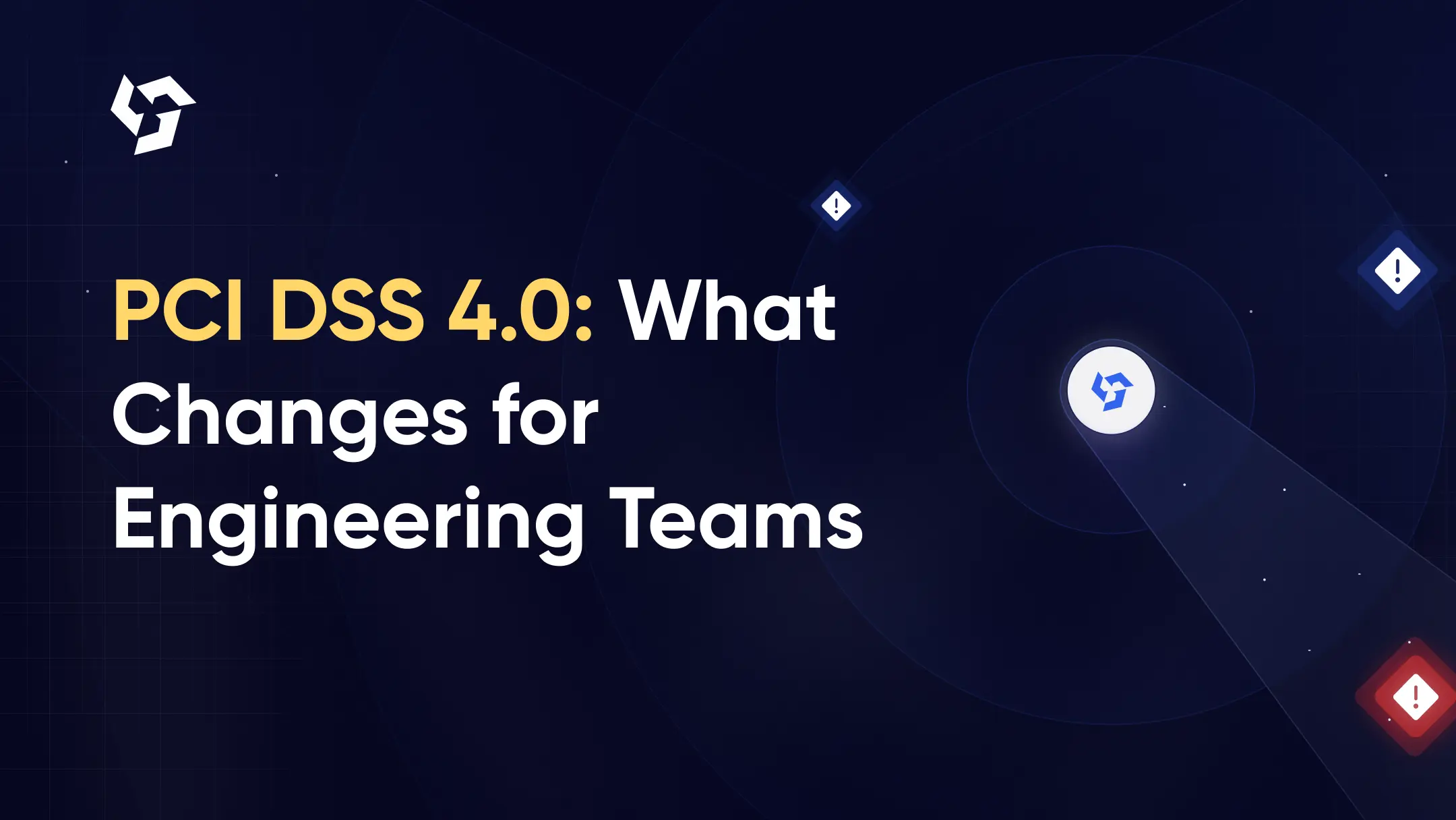
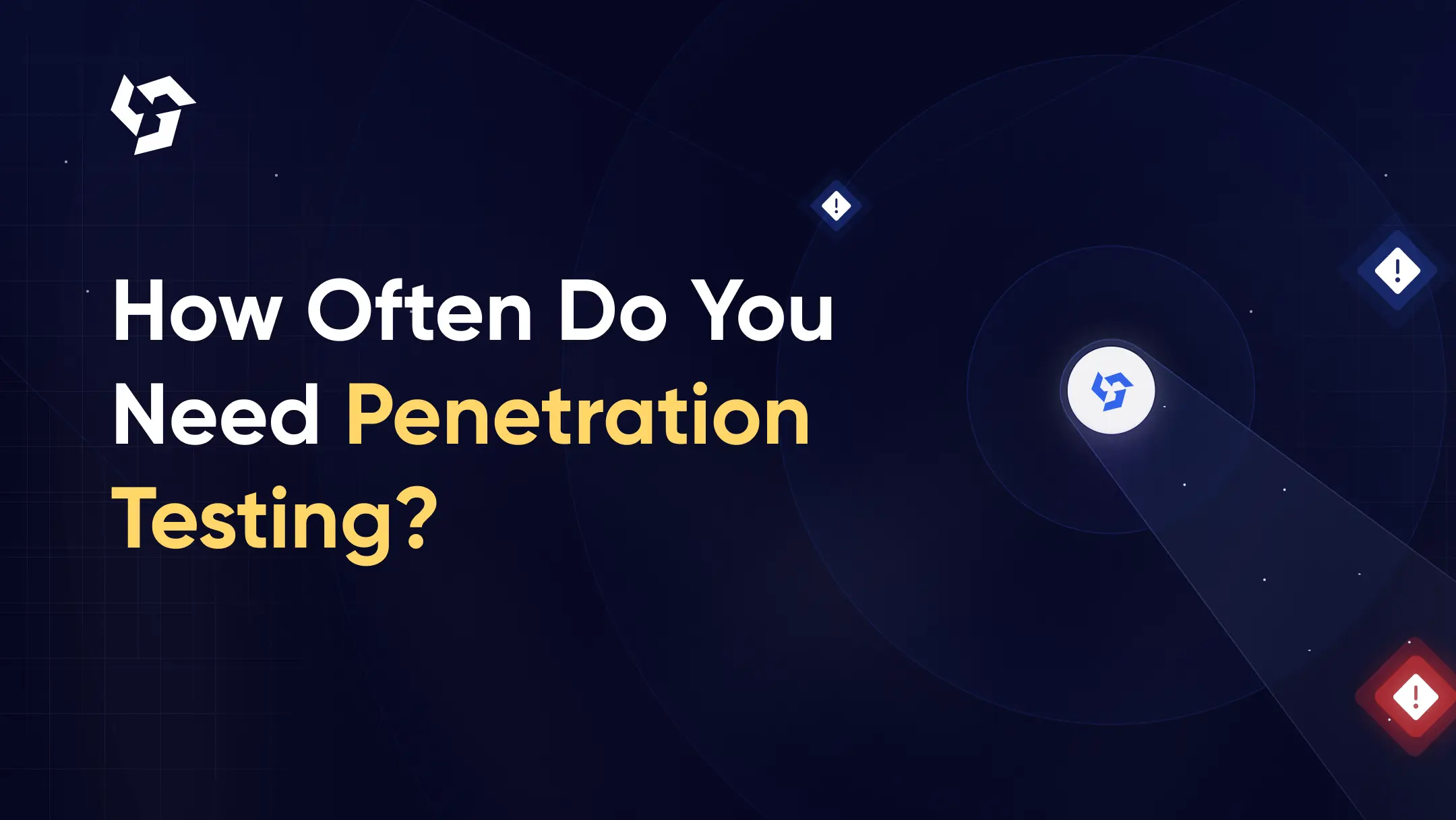
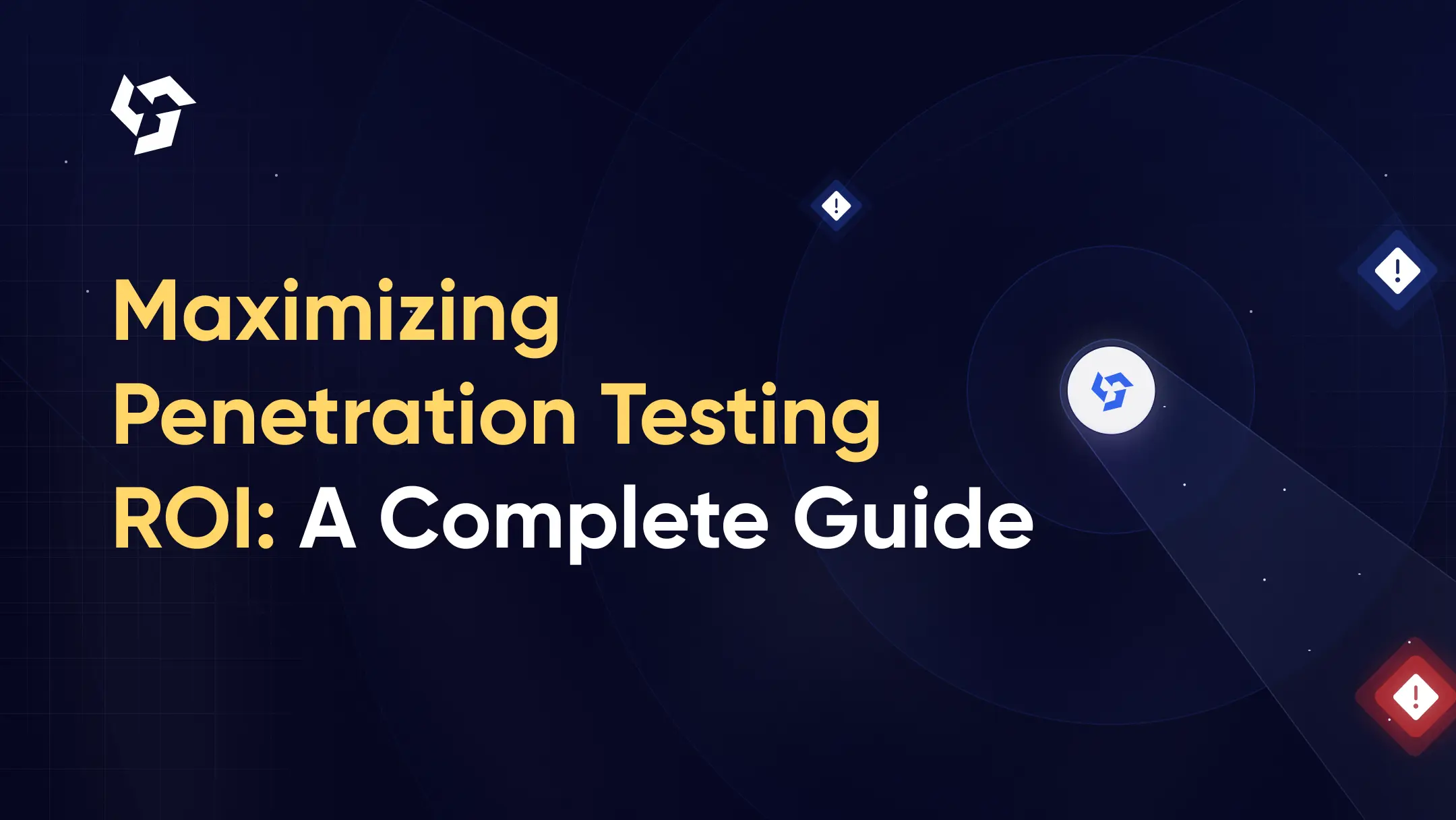

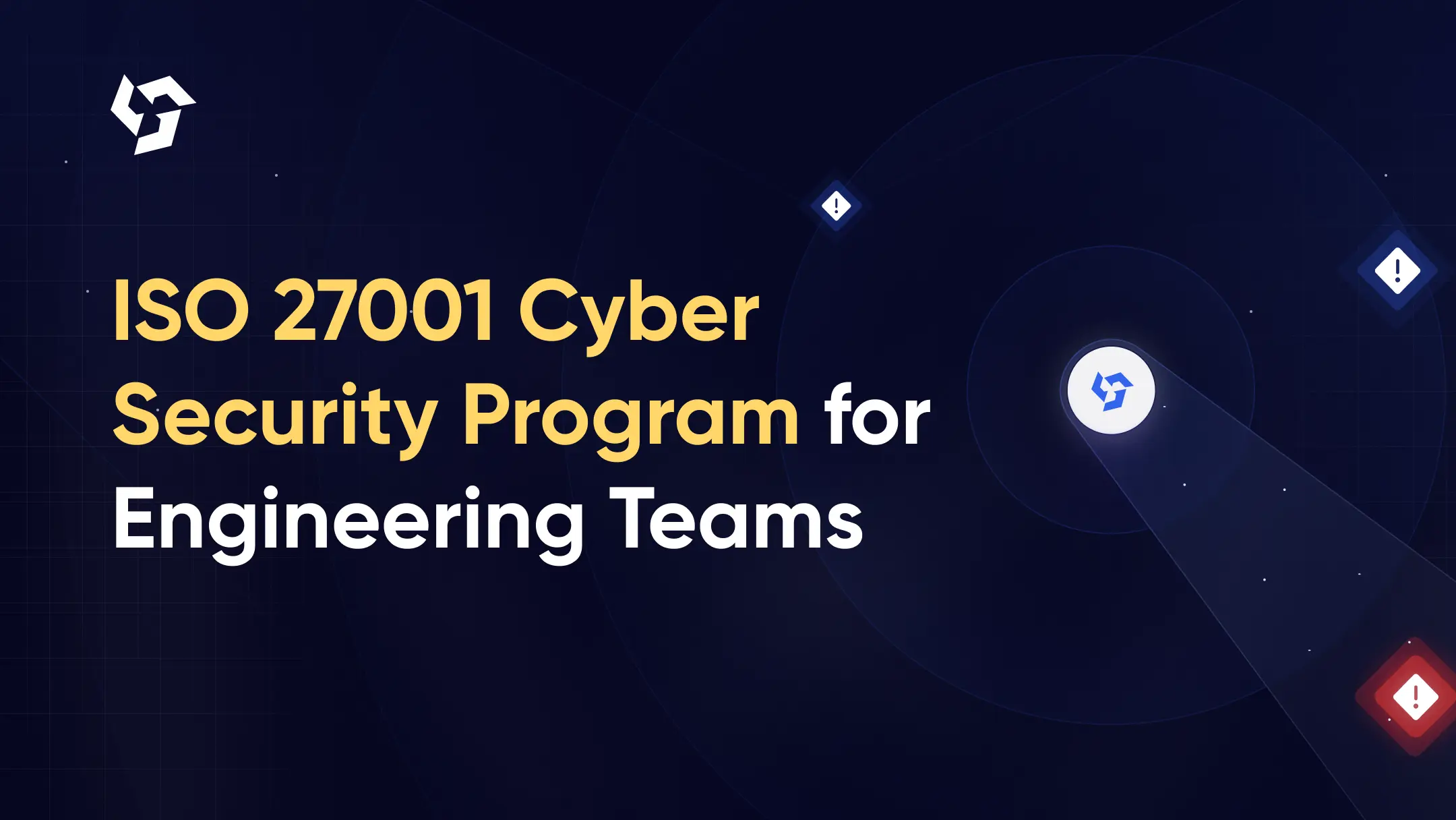

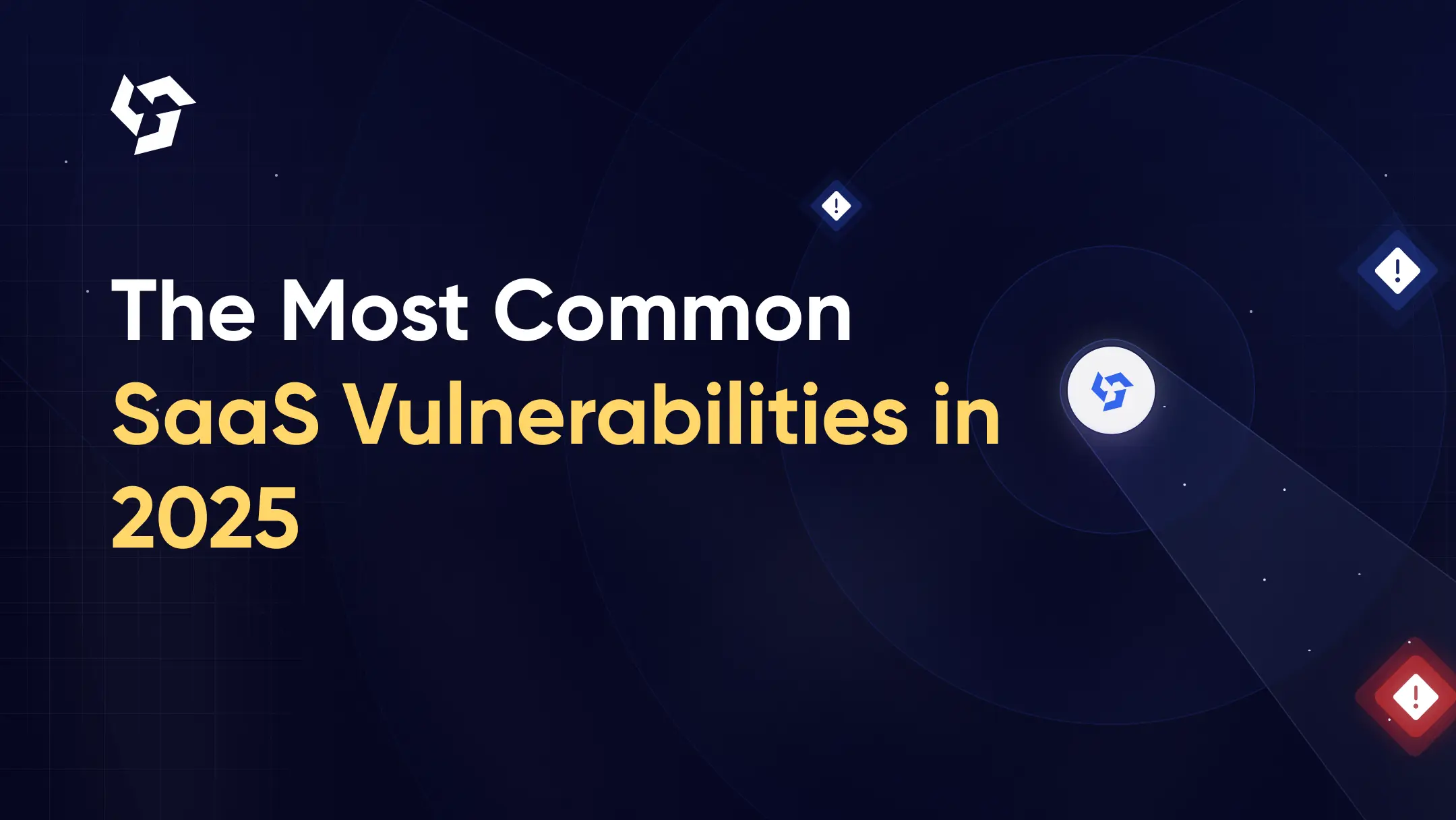





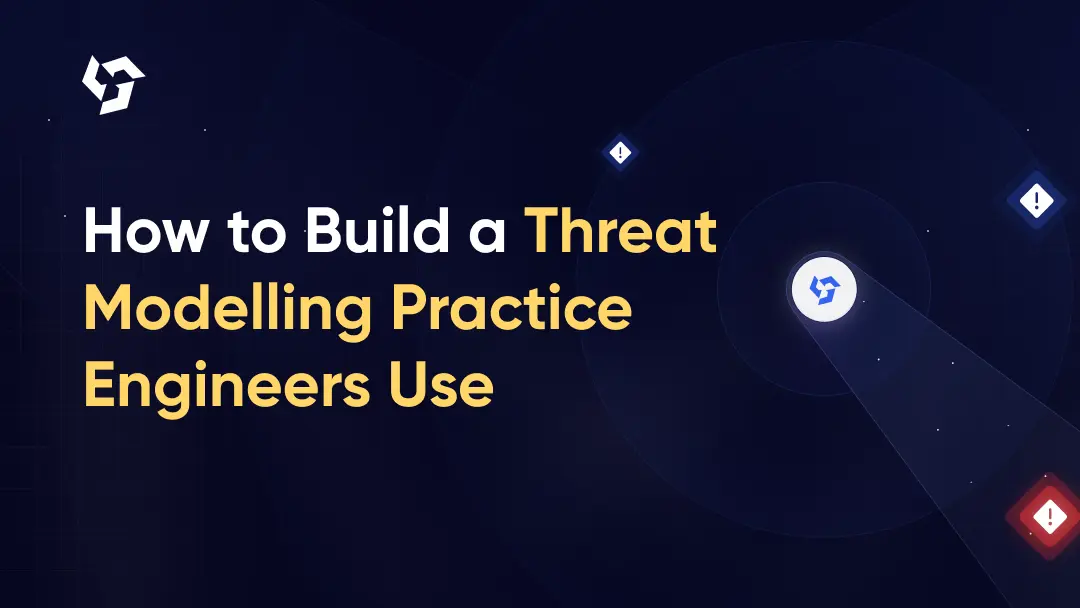
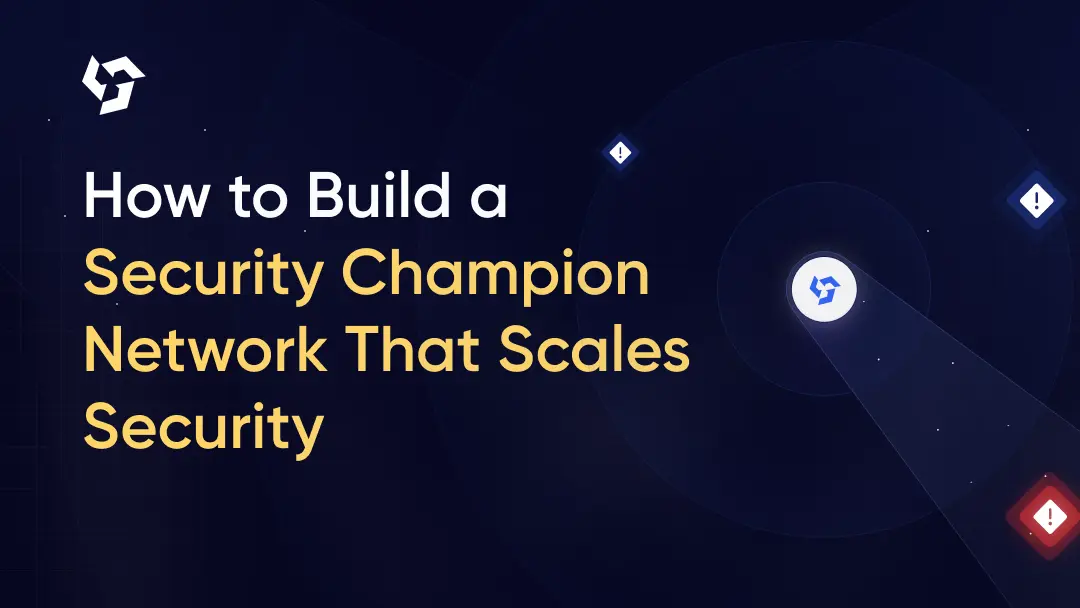

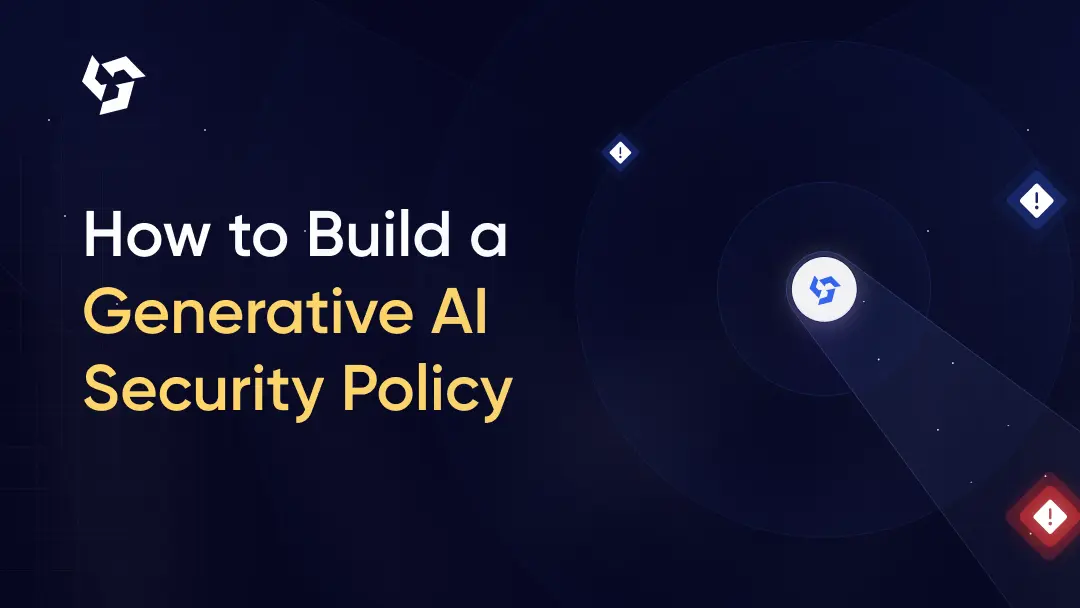



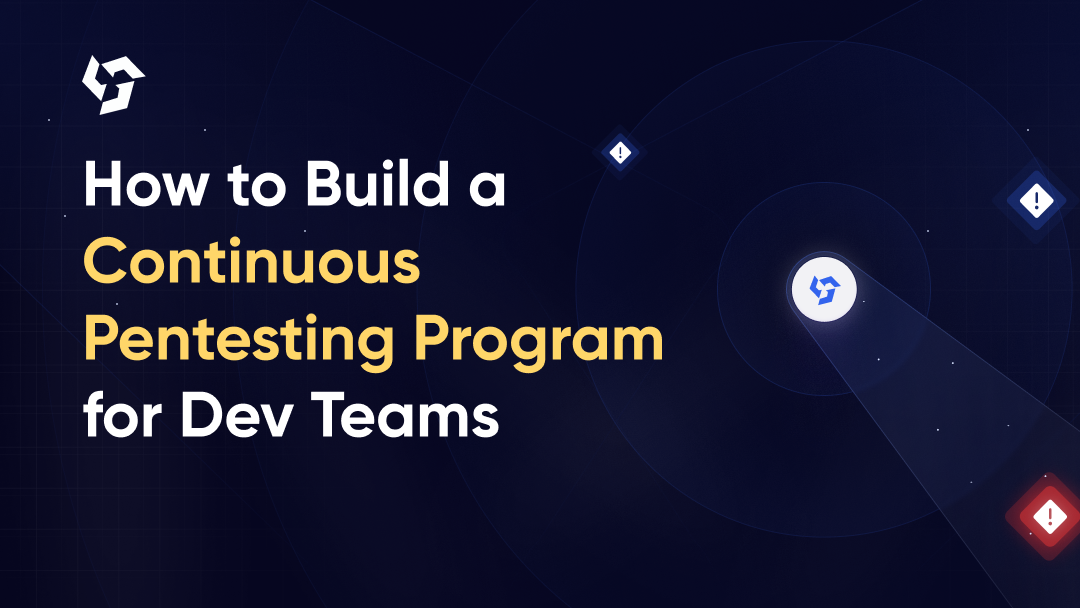

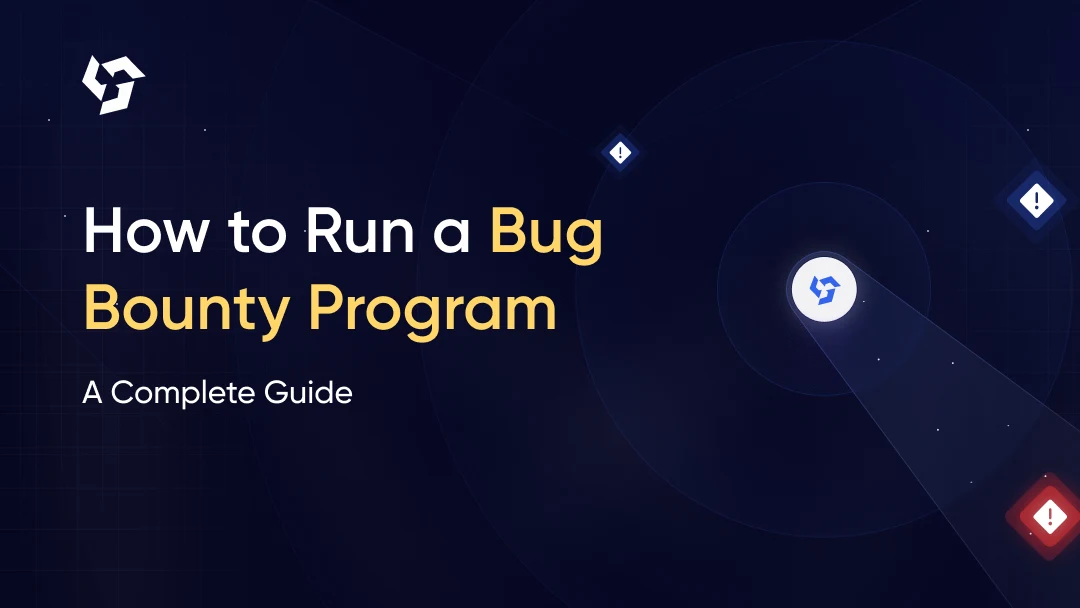




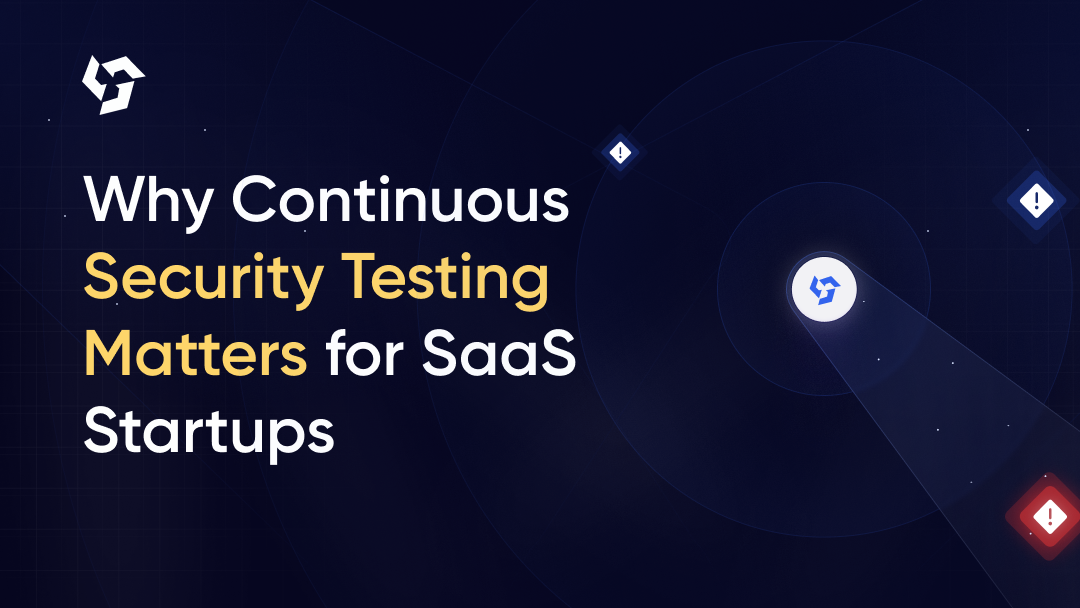
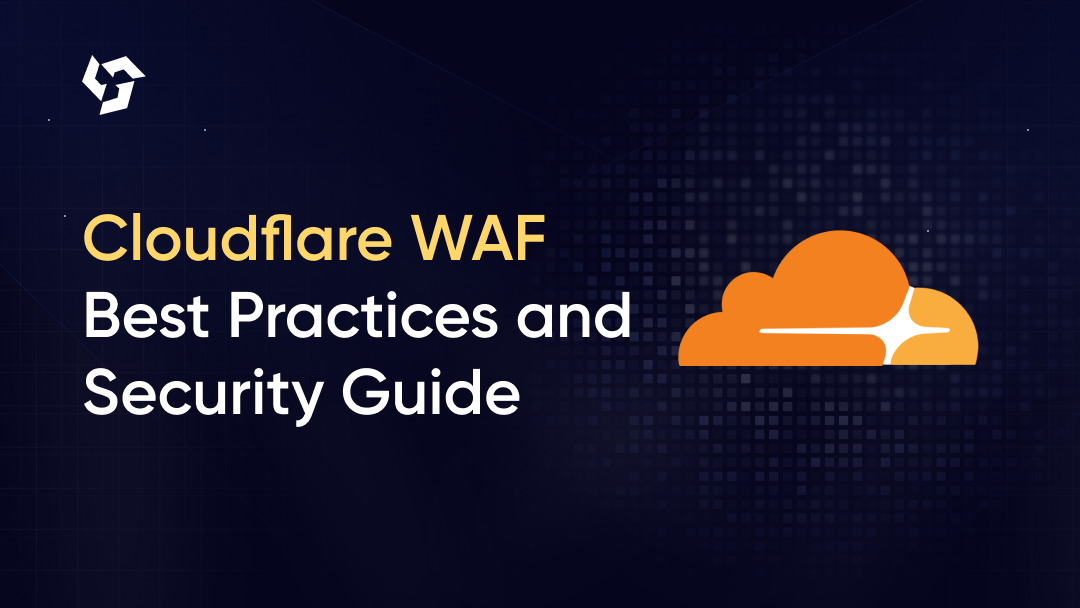

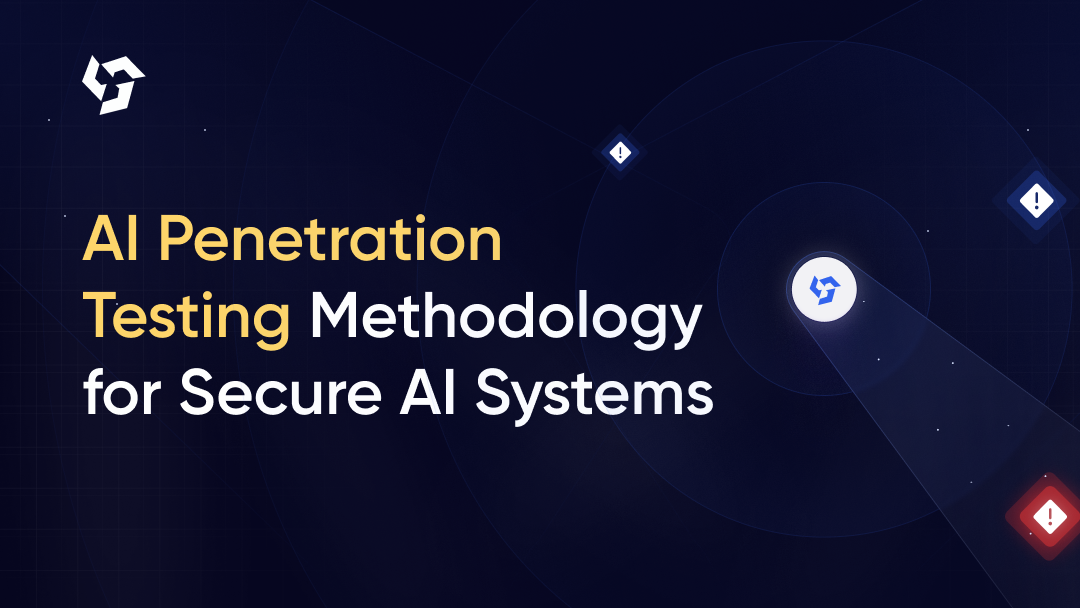
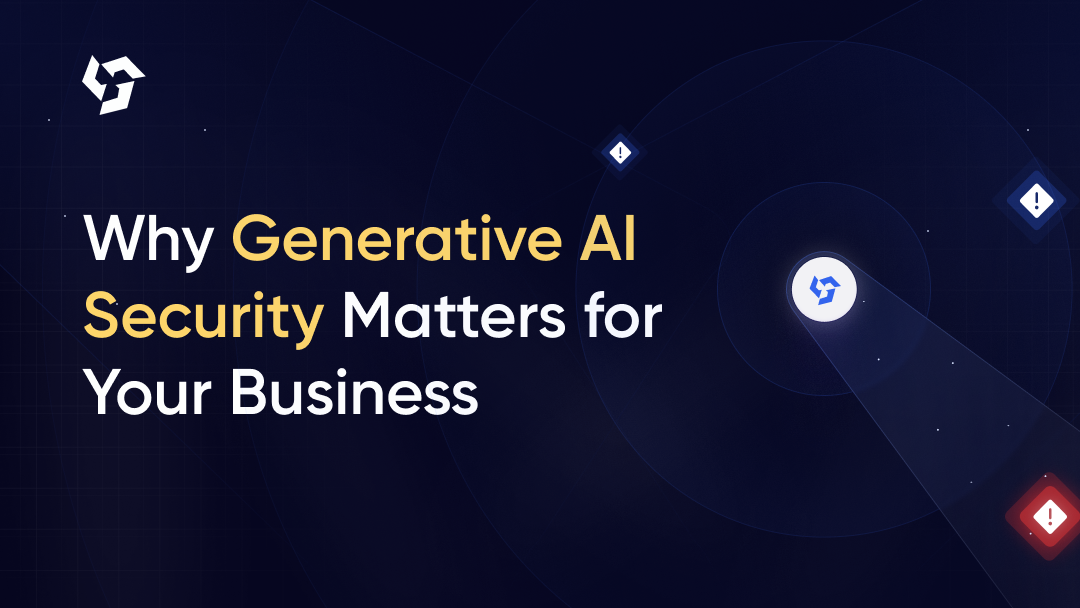
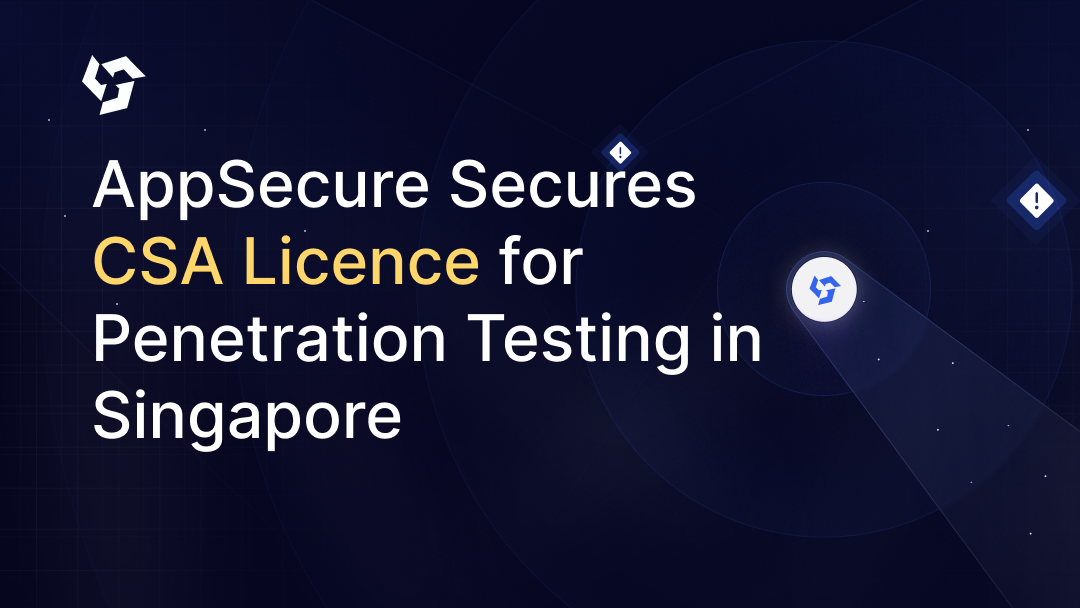
.png)
.png)
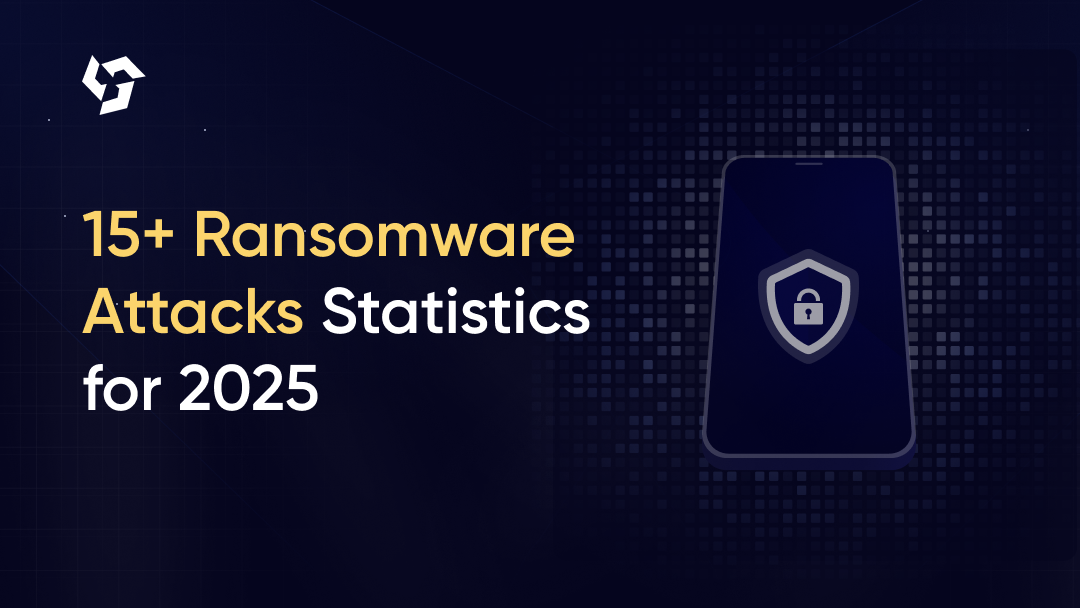
.png)
.png)
.png)
.png)
.png)
.png)
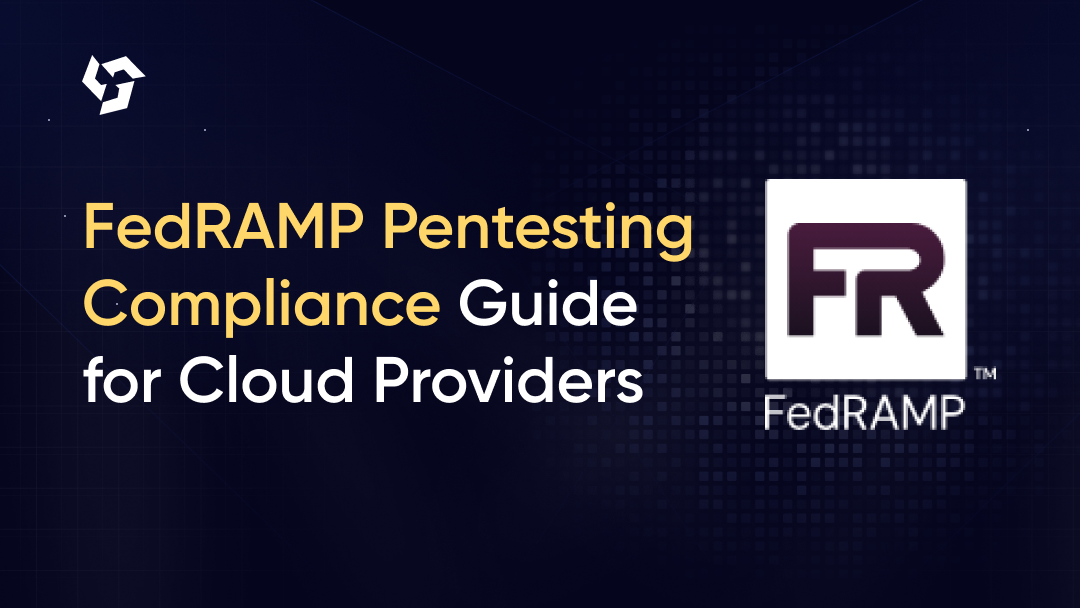
.png)
.png)
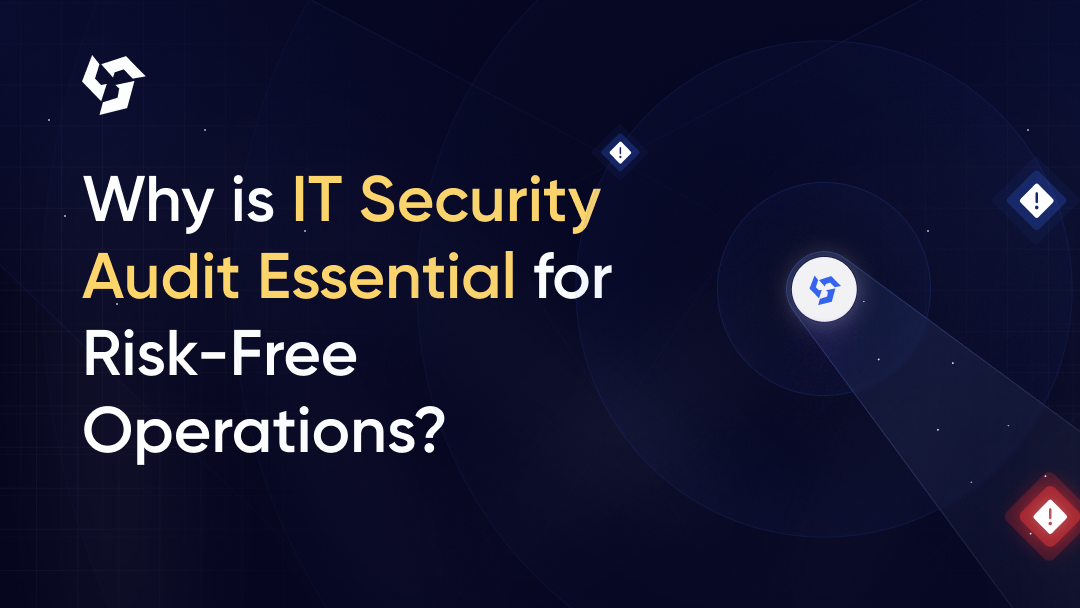


.png)
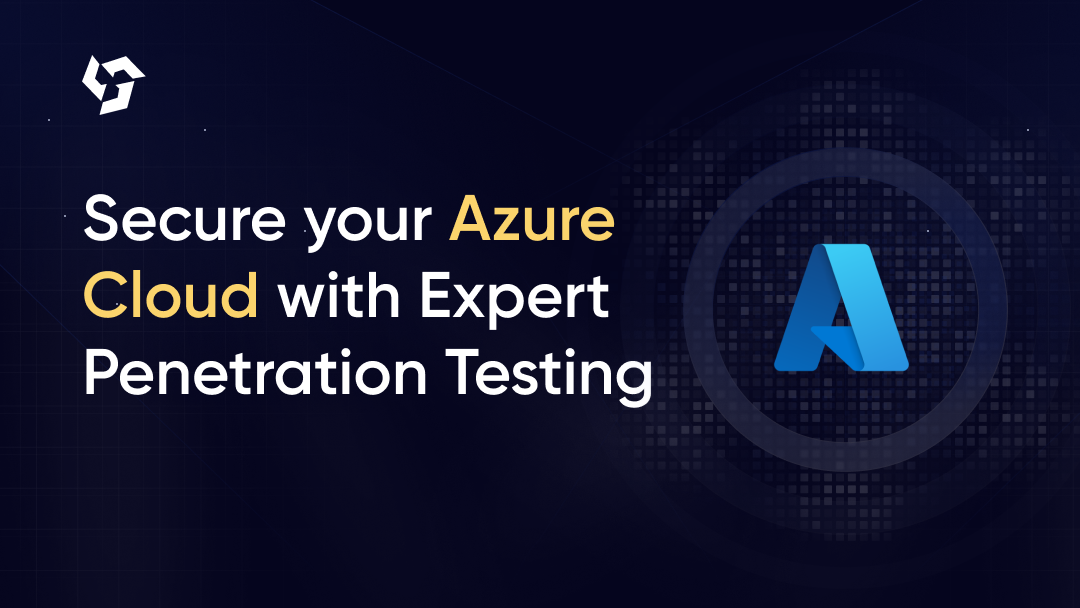


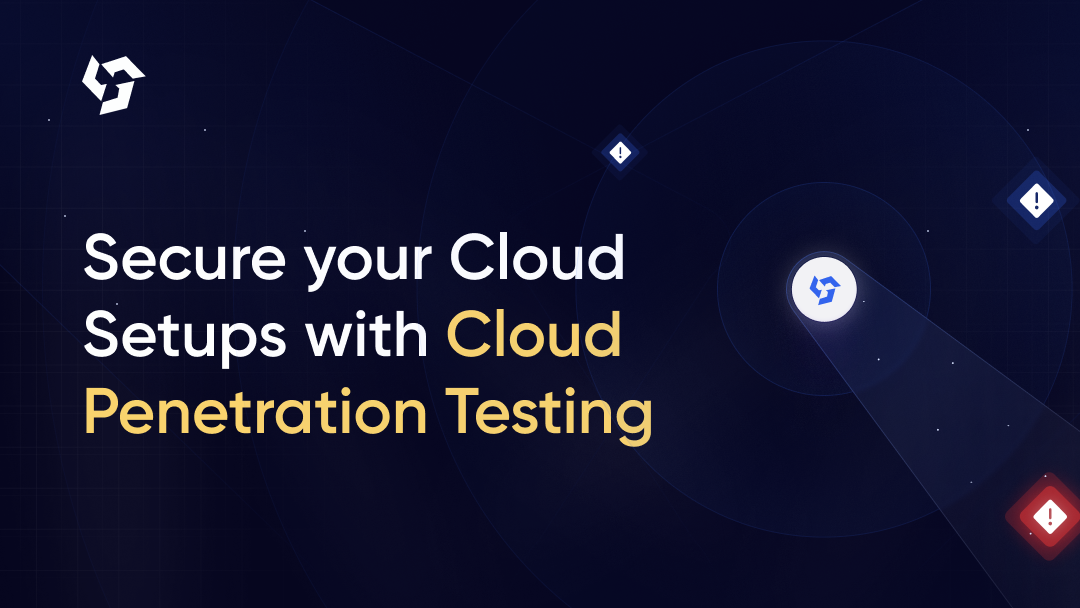
.png)
.png)
.png)
.png)
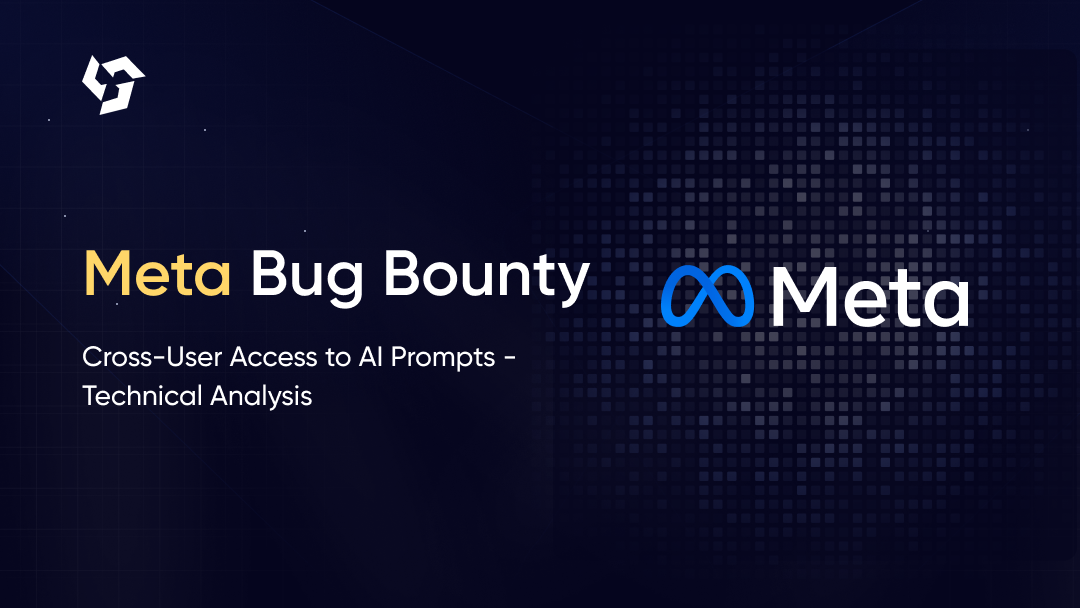
.png)
.png)
.png)

.png)
.png)
.png)
.png)
.png)

.png)









.webp)





.webp)


.webp)

.webp)



.webp)

.webp)
.webp)

.png)

.webp)
